Carsten Höller gives a Mexican museum a fresh perspective
The art trickster’s new installation at Museo Tamayo is guaranteed to keep you in suspended animation
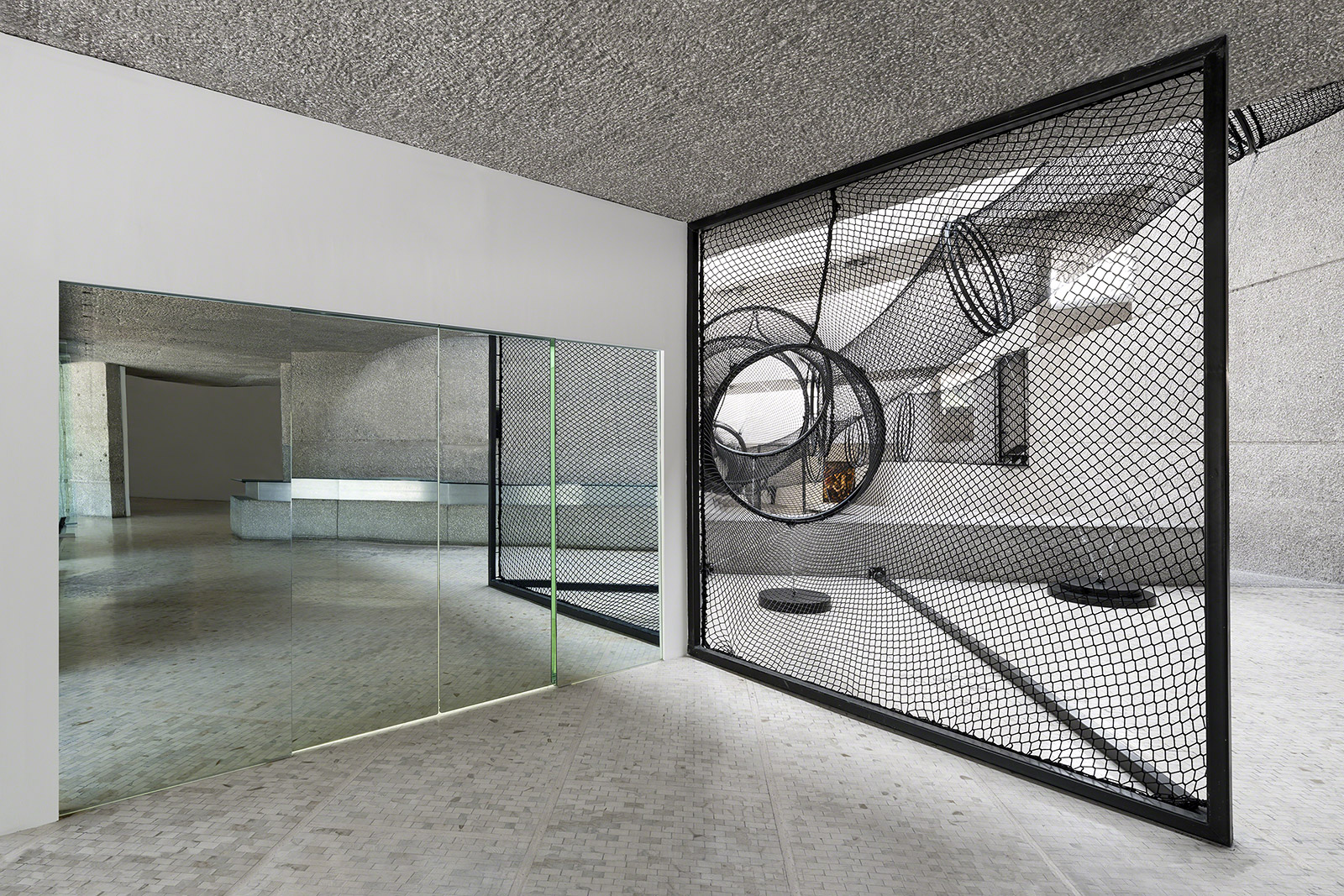
Visitors to Mexico City’s Museo Tamayo these days may find themselves on a higher path, courtesy of an elevated intallation by artist Carsten Höller that brings a new perspective to the museum’s brutalist architecture. The interactive net and steel tunnels – entitled Decision Tubes (2019) – anchors the Stockholm-based artist’s first Latin American survey, which presents a decade-spanning selection from his oeuvre.
Suspended in the light-filled atrium, the labyrinthine web (expanding on Höller’s Decision Corridors first exhibited at London’s Hayward Gallery in 2015) dovetails into various scenarios. Museum-goers may find themselves going through a window or arriving at a different exhibition altogether based on their decisions. Those opting for the roof will encounter a giant mushroom alongside the mesmerising view overlooking Chapultepec Park, where the 37-year-old museum resides.

Decision Corridors, 2019, by Carsten Höller, installation view at Museo Tamayo.
Walking through a team of installers busy with final touches hours before his opening, Höller notes that he aims beyond a physical connection in audience participation. ‘Instead of looking at a portrait that strives to contain emotions, the viewers altogether witness real human reactions to artworks on each others’ faces,’ the German artist explains. ‘I am after the real depiction of human emotion.’
The artist’s investment in complications of the human experience is further manifested in Two Roaming Beds (2015), a pair of mobile beds equipped with a phone charger and book compartment. Intrepid participants can reserve an overnight stay at the museum, where they can have a private viewing of the exhibition followed by a dream-infused sleep once the gallery lights are switched off.
Far from leaving these nightime visions to chance, Höller’s Insensatus – a special set of toothpastes created at a pharmacy in Vienna – uses plant extracts to guide your dreams to the male, female and infant worlds, although the artist suggests combining all three. The mixture of the activator and multihued pastes on a toothbrush resembles a painter’s palette, according to Höller. ‘Imagine a modernist painter stirring different colours before he starts depicting a landscape,’ he says. ‘In this case, the [toothpastes] open up possibilities to many views and images in dreamers’ subconscious.’

Double Neon Elevator, 2016, by Carsten Höller. © Carsten Höller. Courtesy of the artist, and with support by INELCOM, Madrid

An updated version of Höller’s ongoing Upside-Down Goggles, 1994, is available for visitors to try on.
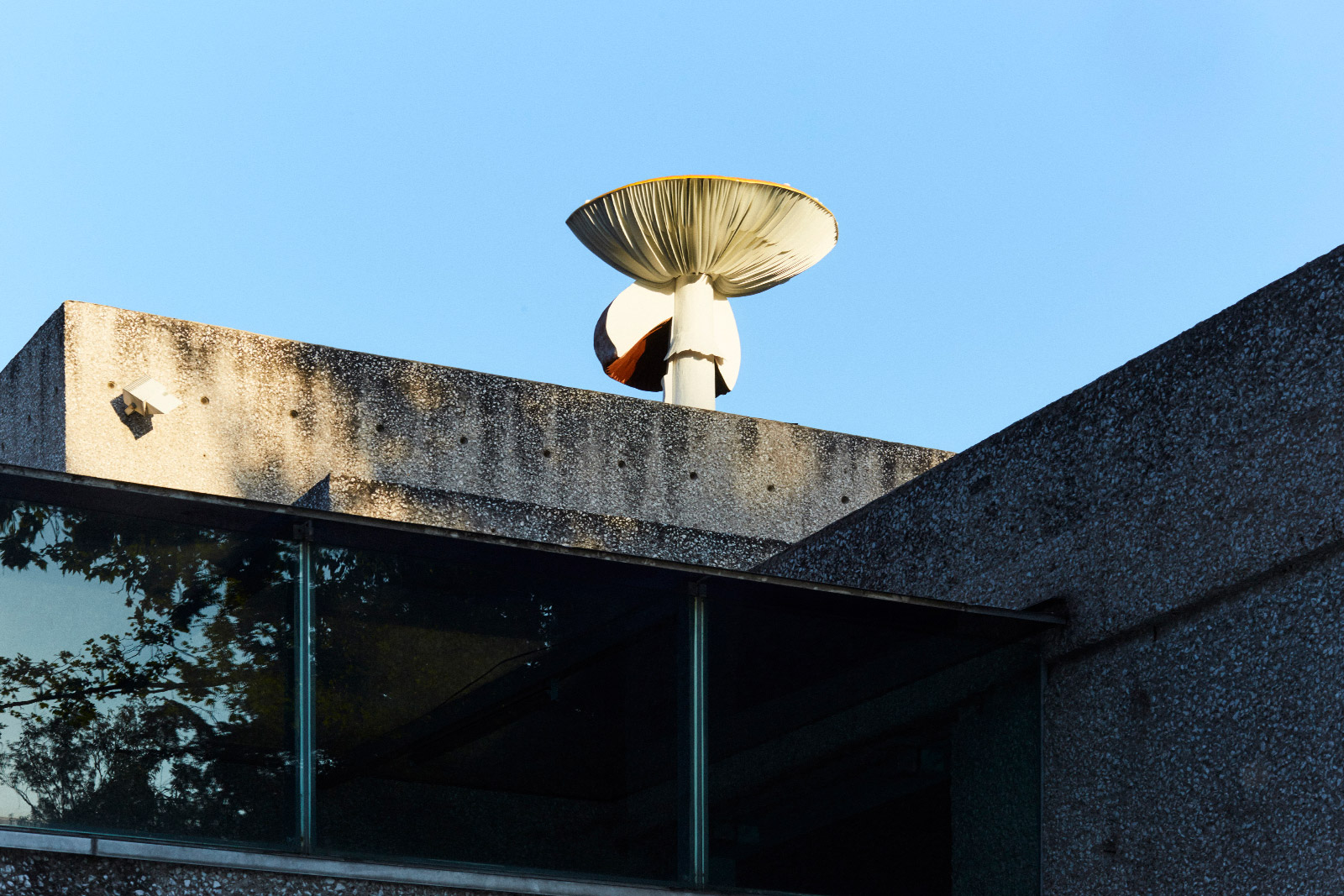
One of Höller’s signature mushroom sculptures has been installed atop Museo Tamayo.
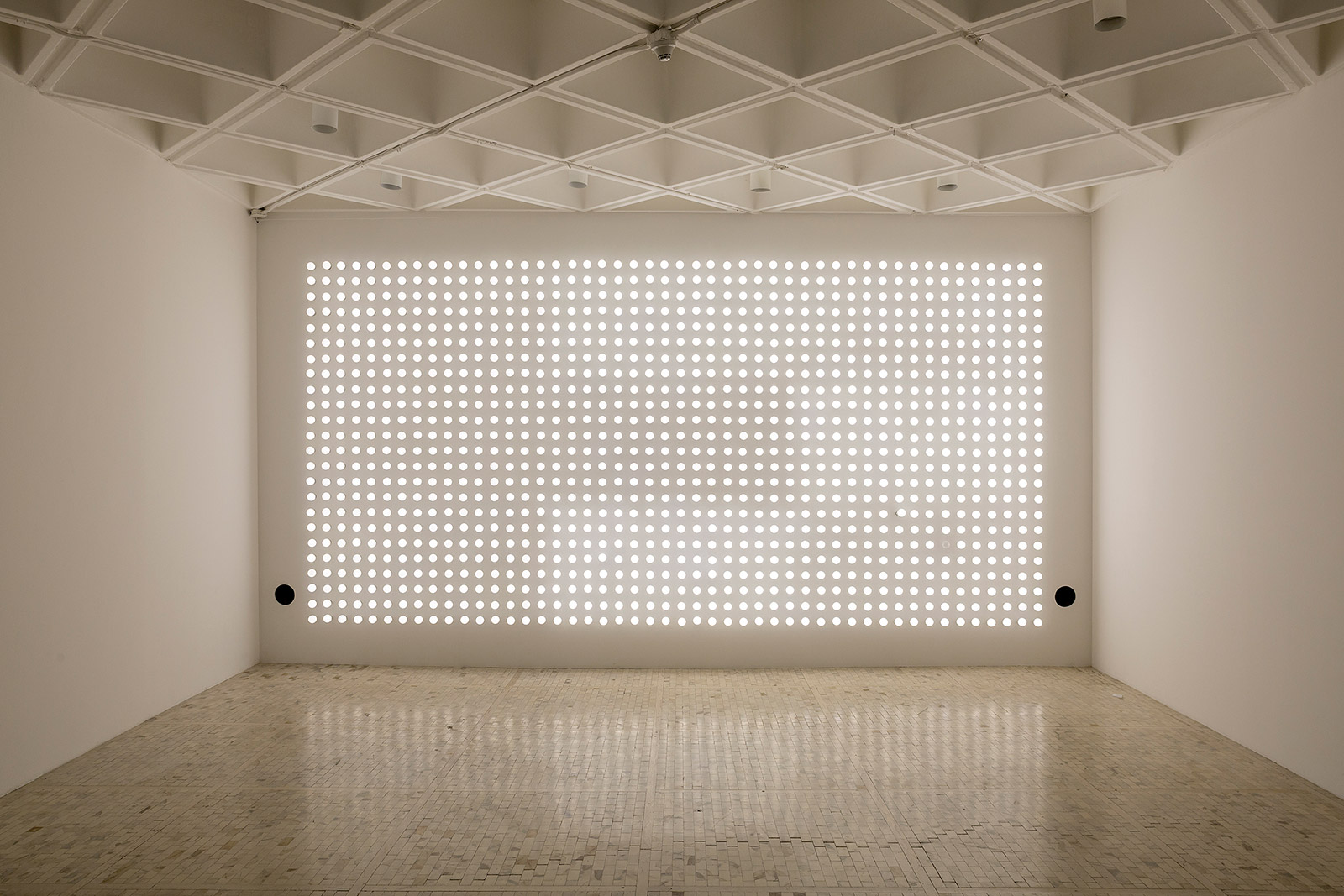
Light Wall, 2007/2017, by Carsten Höller, installation view at Museo Tamayo.

Pill Clock (red and white pills), 2015, by Carsten Höller. © Carsten Höller
Receive our daily digest of inspiration, escapism and design stories from around the world direct to your inbox.
Osman Can Yerebakan is a New York-based art and culture writer. Besides Wallpaper*, his writing has appeared in the Financial Times, GQ UK, The Guardian, Artforum, BOMB, Airmail and numerous other publications. He is in the curatorial committee of the upcoming edition of Future Fair. He was the art and style editor of Forbes 30 Under 30, 2024.
-
 The international design fairs shaping 2026
The international design fairs shaping 2026Passports at the ready as Wallpaper* maps out the year’s best design fairs, from established fixtures to new arrivals.
-
 The eight hotly awaited art-venue openings we are most looking forward to in 2026
The eight hotly awaited art-venue openings we are most looking forward to in 2026With major new institutions gearing up to open their doors, it is set to be a big year in the art world. Here is what to look out for
-
 This modern Clapham house is nestled indulgently in its garden
This modern Clapham house is nestled indulgently in its gardenA Clapham house keeps a low profile in south London, at once merging with its environment and making a bold, modern statement; we revisit a story from the Wallpaper* archives
-
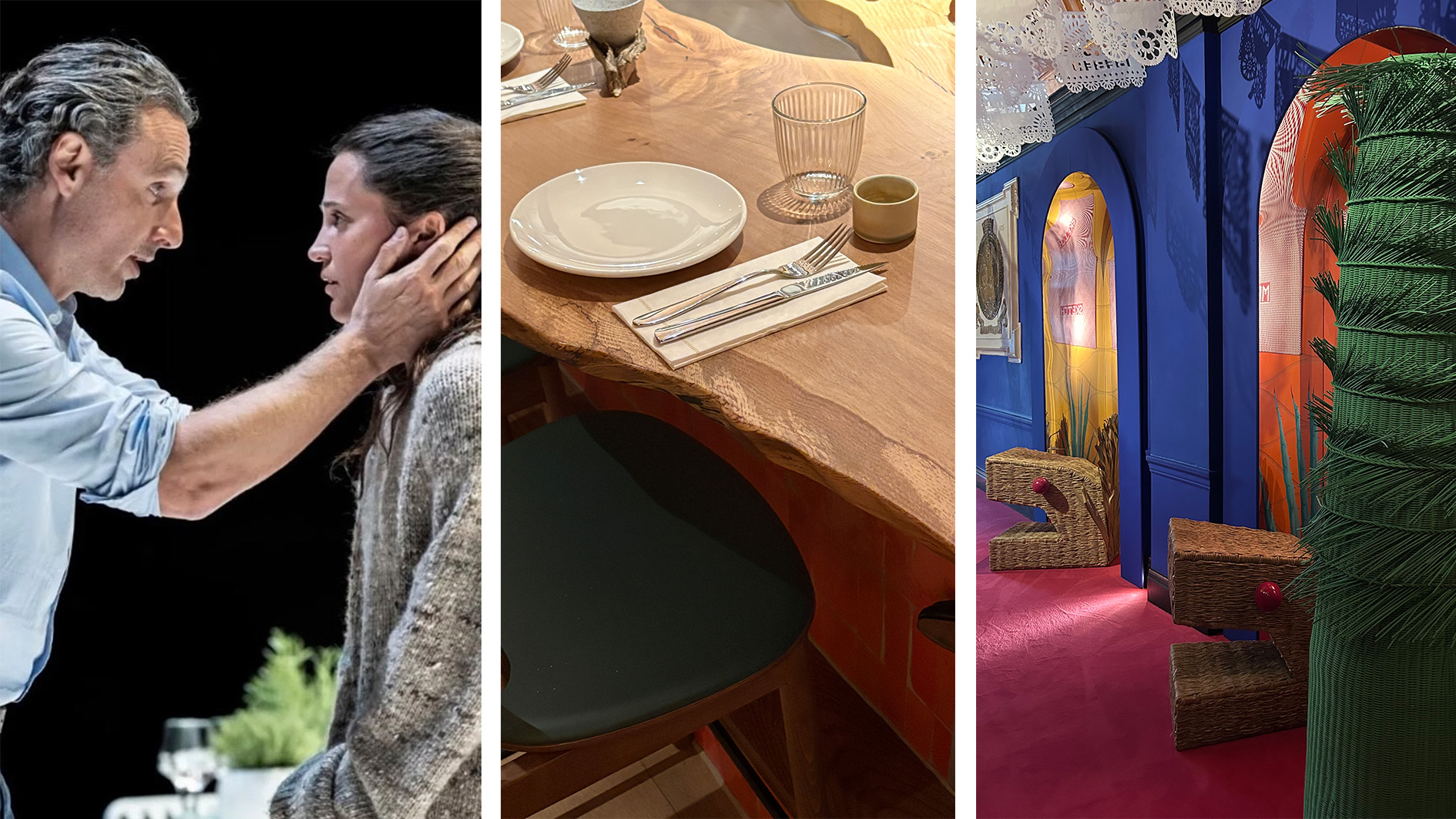 Out of office: the Wallpaper* editors’ picks of the week
Out of office: the Wallpaper* editors’ picks of the weekAnother week, another sweep of culture in the capital and beyond for the Wallpaper* team. This time: hidden book fairs, standout theatre, and a taste of the Mediterranean – from a Spanish showcase to seafood in the Portuguese archipelago
-
 Out of office: the Wallpaper* editors’ picks of the week
Out of office: the Wallpaper* editors’ picks of the weekSummer holidays are here, with Wallpaper* editors jetting off to some exceptional destinations, including highly recommended Mérida in Mexico. Then it’s back to work, or, for one editor, back to school…
-
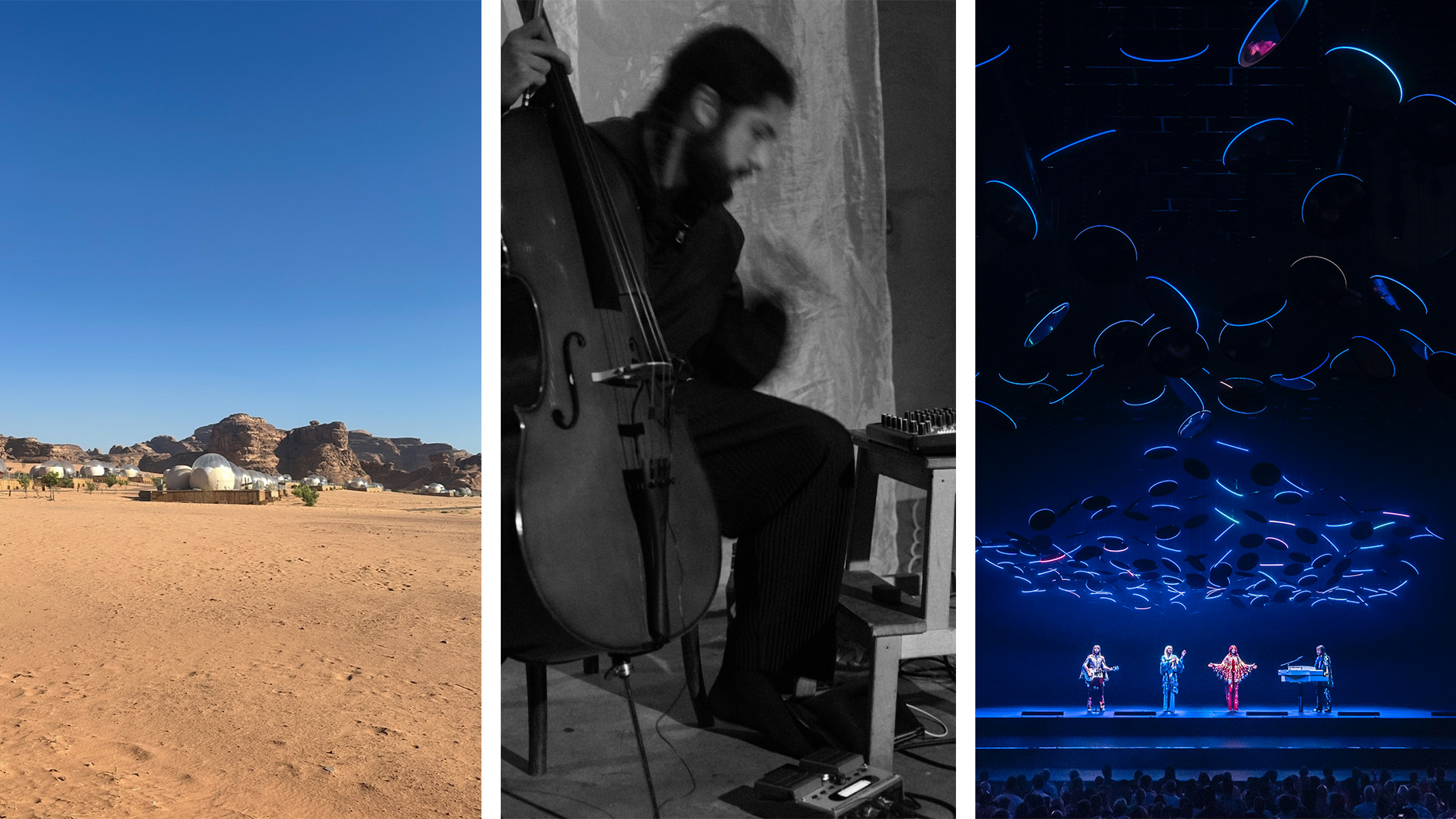 Out of office: what the Wallpaper* editors have been up to this week
Out of office: what the Wallpaper* editors have been up to this weekThis week saw the Wallpaper* team jet-setting to Jordan and New York; those of us left in London had to make do with being transported via the power of music at rooftop bars, live sets and hologram performances
-
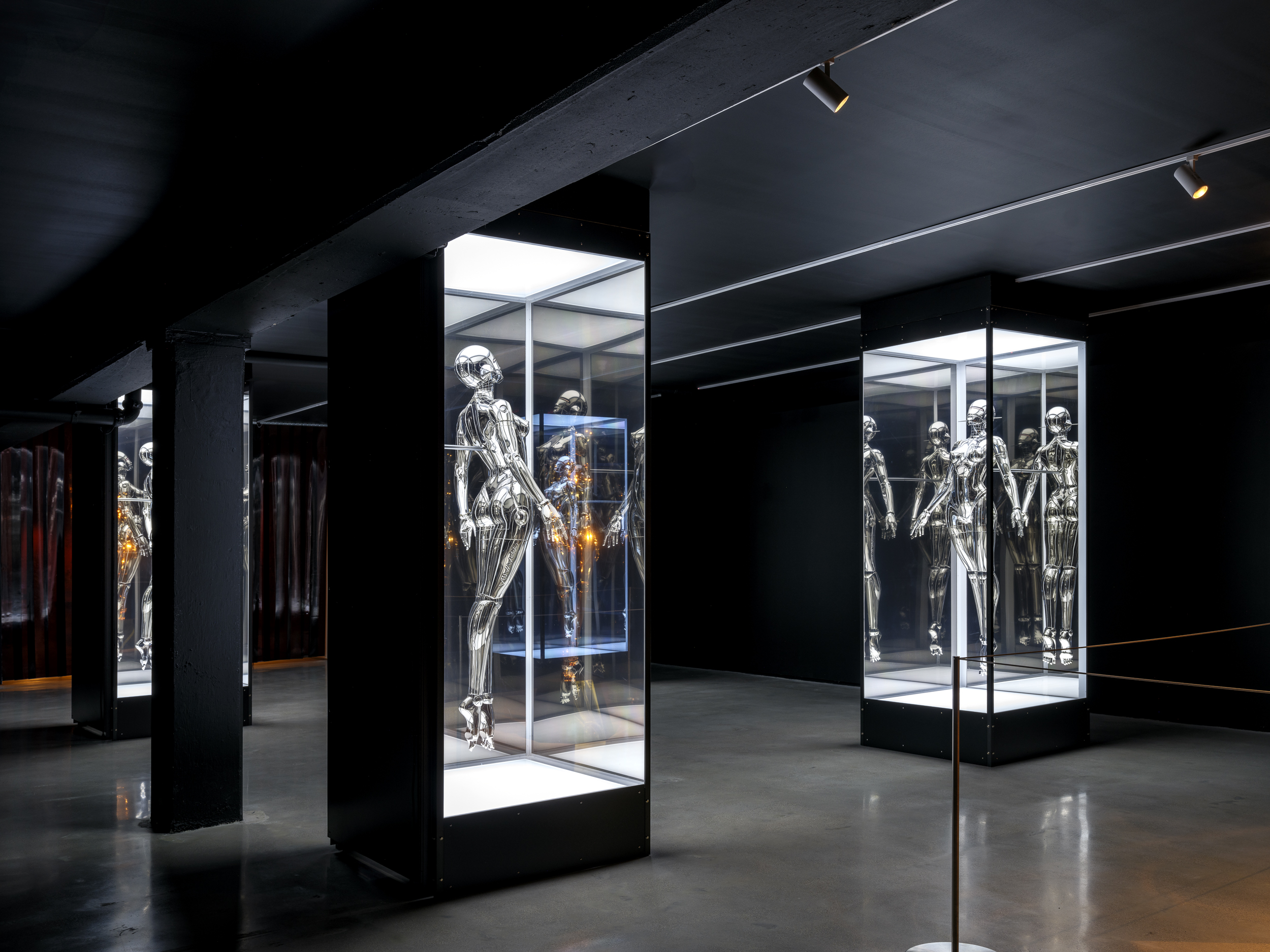 Miami’s new Museum of Sex is a beacon of open discourse
Miami’s new Museum of Sex is a beacon of open discourseThe Miami outpost of the cult New York destination opened last year, and continues its legacy of presenting and celebrating human sexuality
-
 Out of office: what the Wallpaper* editors have been doing this week
Out of office: what the Wallpaper* editors have been doing this weekInvesting in quality knitwear, scouting a very special pair of earrings and dining with strangers are just some of the things keeping the Wallpaper* team occupied this week
-
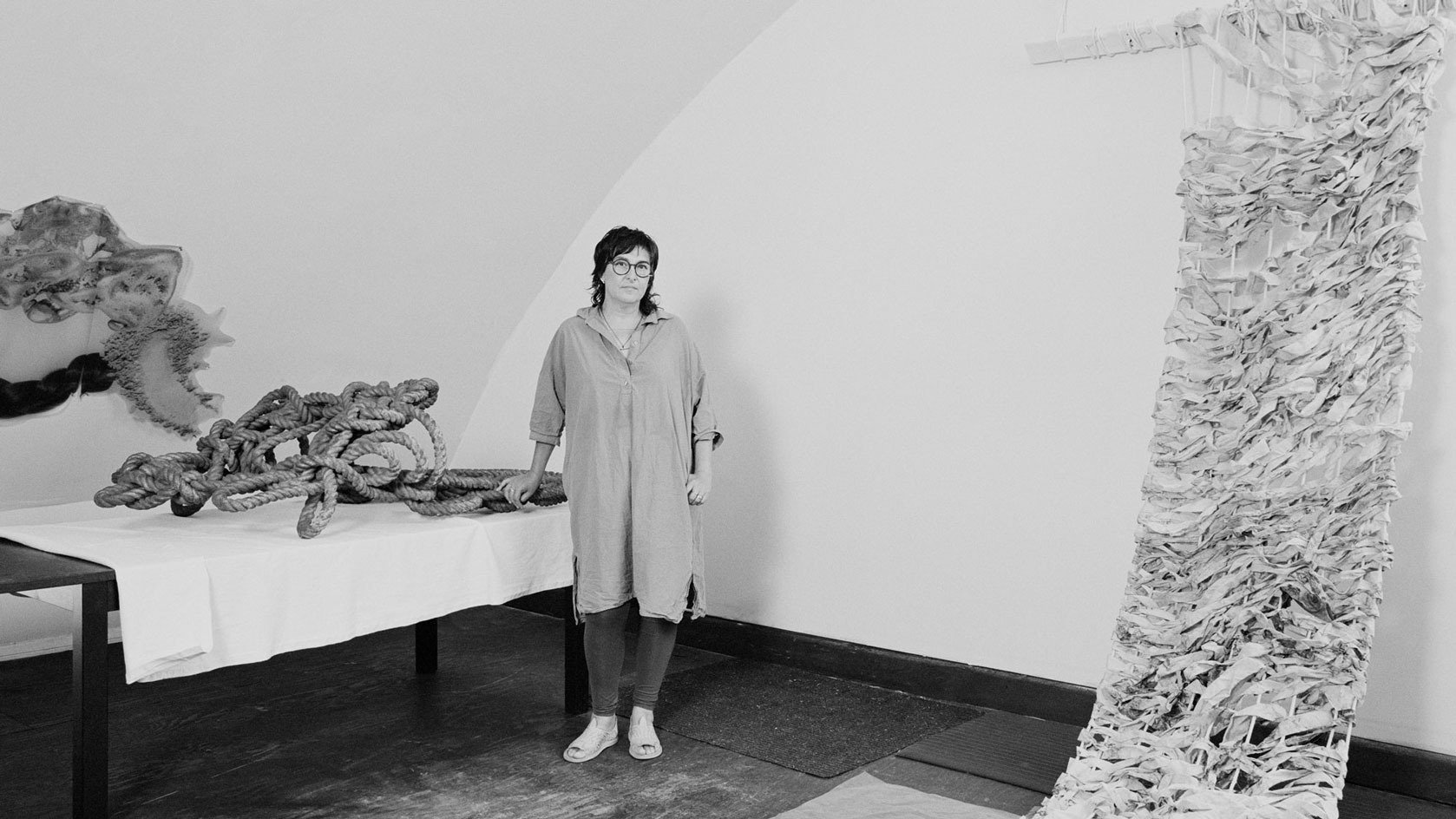 Tanya Aguiñiga: the artist weaving new narratives for borderless creativity
Tanya Aguiñiga: the artist weaving new narratives for borderless creativityWe profile LA-based artist and Loewe Foundation Craft Prize finalist Tanya Aguiñiga, whose work explores life on the US-Mexico border and seeks to empower transnational voices
-
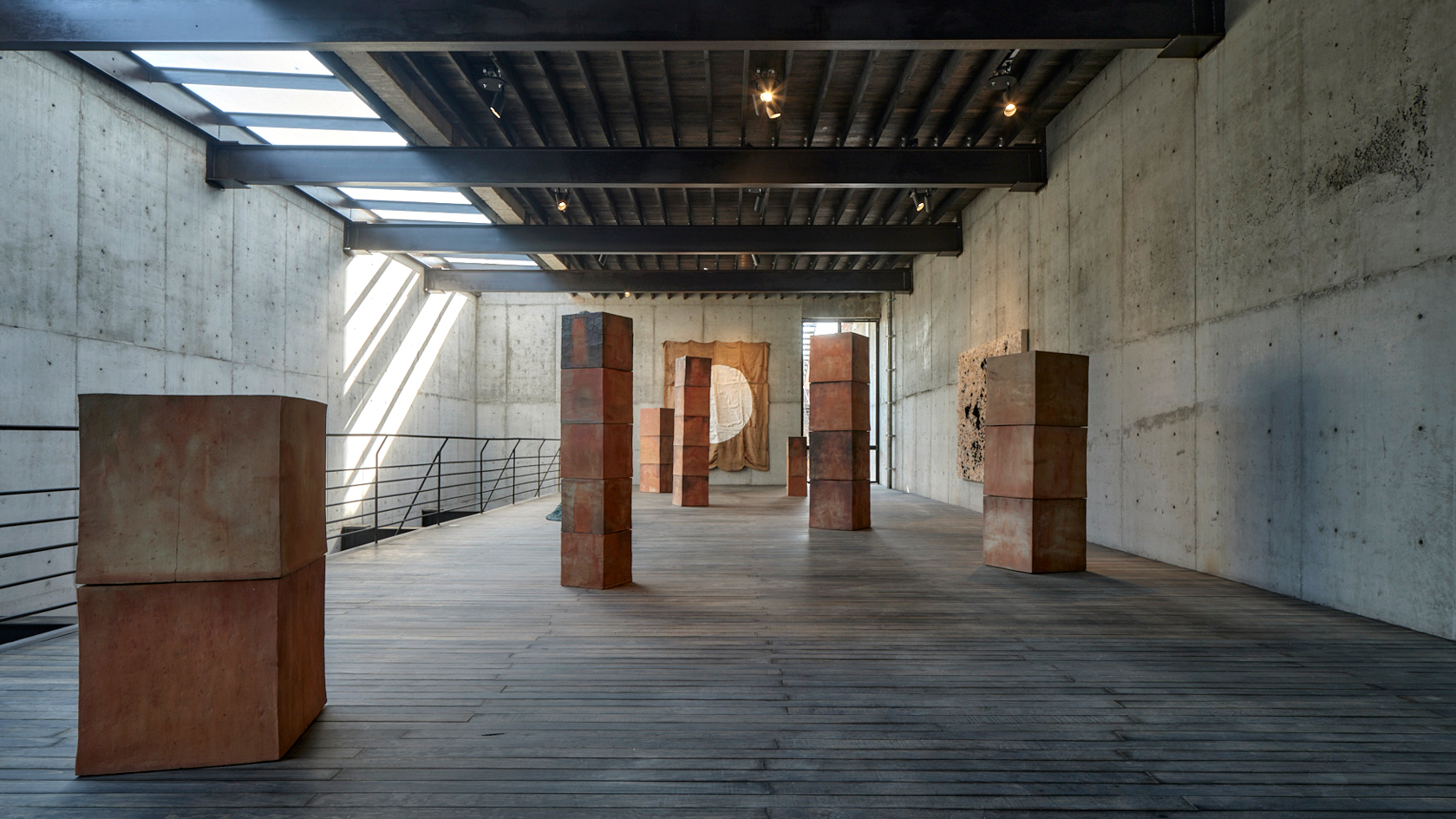 Bosco Sodi’s monumental new Mexico City studio is a multifunctional feat
Bosco Sodi’s monumental new Mexico City studio is a multifunctional featAs Bosco Sodi unveils his new Studio CMDX in Atlampa, Mexico City, we speak to the artist about how the vast Alberto Kalach-designed former warehouse is a feat in multitasking
-
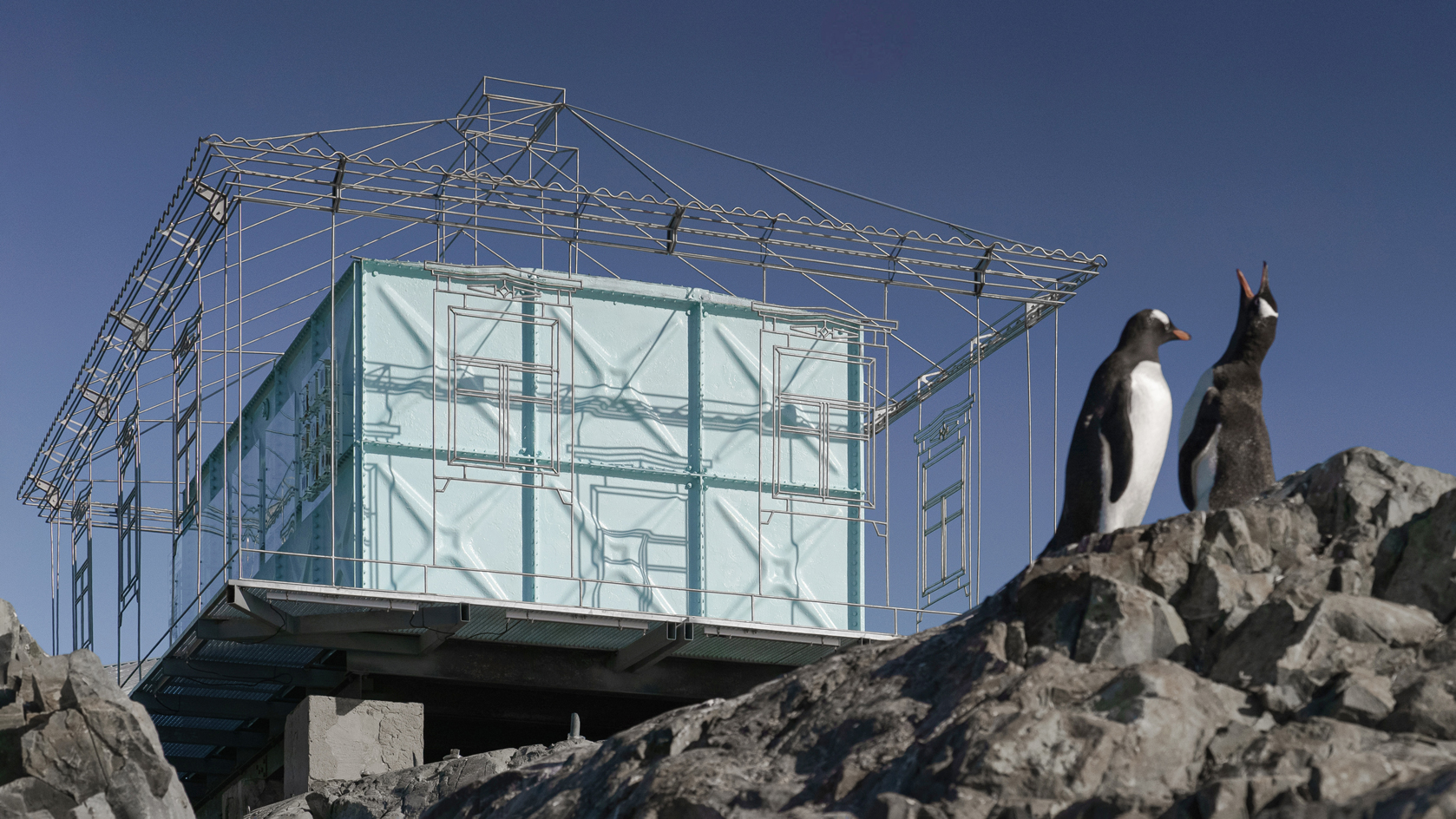 Remote Antarctica research base now houses a striking new art installation
Remote Antarctica research base now houses a striking new art installationIn Antarctica, Kyiv-based architecture studio Balbek Bureau has unveiled ‘Home. Memories’, a poignant art installation at the remote, penguin-inhabited Vernadsky Research Base